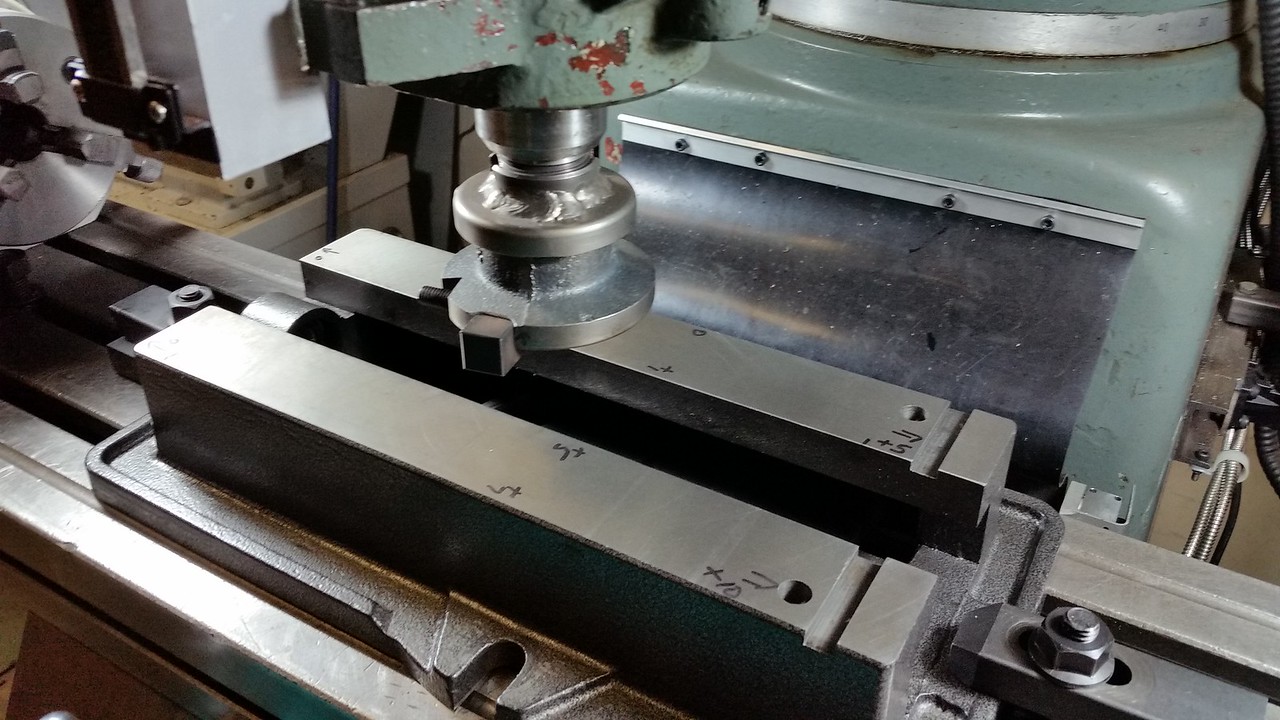Doggggboy
Ultra Member
Neighbour has asked about me flattening one of his anvils after watching the latest Fireball Tool video.
I have John Conroy's old Ferro mill. What would be a decent cutter for something like this?
I guess I could do it with my 1/2 inch end mill but what are some better options?
I have John Conroy's old Ferro mill. What would be a decent cutter for something like this?
I guess I could do it with my 1/2 inch end mill but what are some better options?









